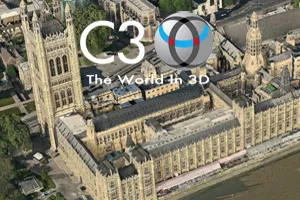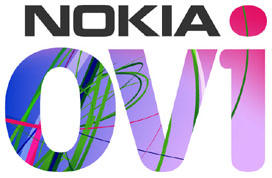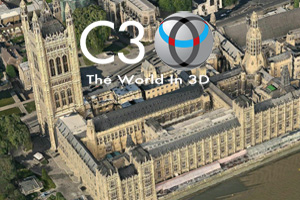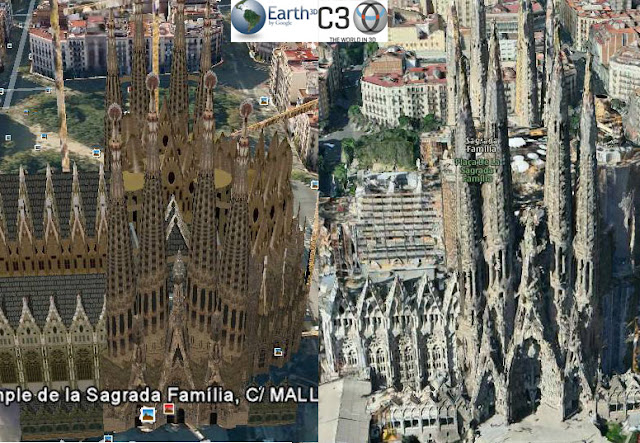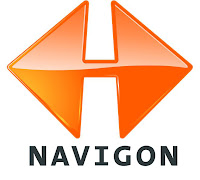
On Tuesday 14th of June, 2011 Garmin – one of the most popular sellers of navigation and smartphone GPS software – announced that Navigon’s shareholders have signed an agreement for a Garmin subsidiary to purchase Germany-based Navigon. “This acquisition is a great complement to Garmin’s existing automotive and mobile business. Navigon has invested significantly in the European automotive OEM business, and we feel that we can rapidly expand our automotive OEM footprint and capabilities through this transaction,” said Cliff Pemble, Garmin’s president and COO. “With Navigon, we are also acquiring one of the top-selling navigation applications for the iPhone and Android platforms – something that we expect will help drive revenue for the combined company going forward. Combining Navigon’s and Garmin’s strength also improves our competitiveness and standing particularly in Europe.” Garmin said that Navigon will continue to operate as a subsidiary of Garmin and that the deal is still subject to regulatory approvals.
A Garmin spokeswoman at the company’s Olathe headquarters declined to reveal what the company paid for Navigon, which is 90 percent owned by General Atlantic Partners, a private U.S. equity firm. Financial Times Deutschland reported this month that Garmin was considering paying more than $70 million.
Some analysts saw Navigon as a struggling company with just 5 percent to 7 percent of the European market. (It holds about 20 percent of the market in Germany.) By purchasing the company, Garmin perhaps saves Navigon and adds incrementally to its own sales in Europe. Garmin also was enticed by Navigon’s popular applications for iPhone and Android smartphones.
Garmin, Navigon and Dutch manufacturer TomTom, the European leader, have all seen their prospects hurt by the smartphone. Many consumers are forgoing purchases of handheld GPS devices and relying on applications in their phones instead. That has meant a shrinking market for GPS device makers, which have begun to battle for contracts to provide the devices built into the dashboards of cars and trucks. Garmin also has found rich markets in devices made for boaters, bicyclists and people looking to incorporate navigation into their athletic training regimens.
Navigon was founded in 1991, two years after Garmin. The German company’s first signature software product debuted in 1996 as Autopilot, later named AutoPilot 2000. The company continued as chiefly a maker of software until 2008, when it began to sell its own navigation devices. But the timing proved poor with the spread of navigation-enabled smartphones, and Navigon quickly pulled its devices from the U.S. market. Worldwide, Navigon has more than 400 employees. Garmin has about 7,000 workers and more than half the American GPS market. TomTom, its chief competitor, has just less than half the European market and a fourth of U.S. sales.
source: Engadet, The Kansas City Star
